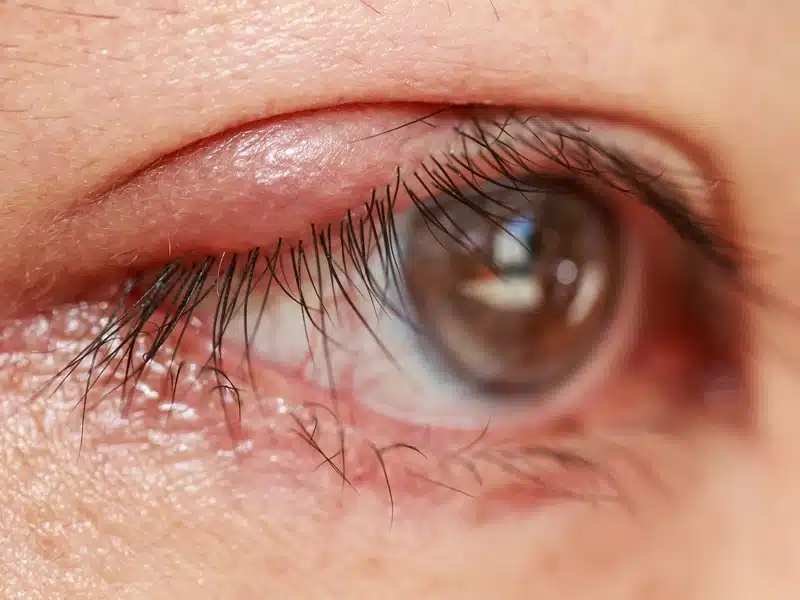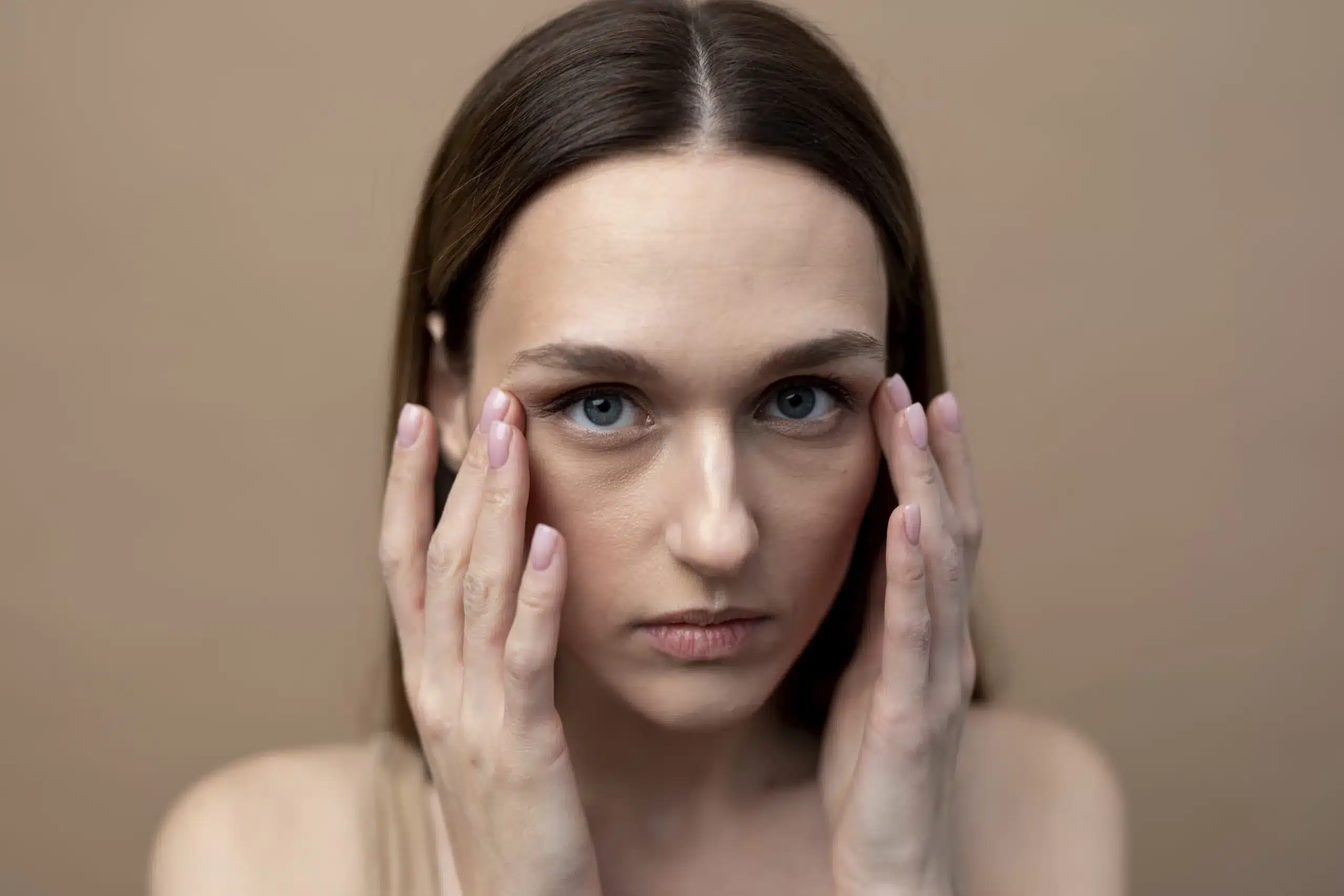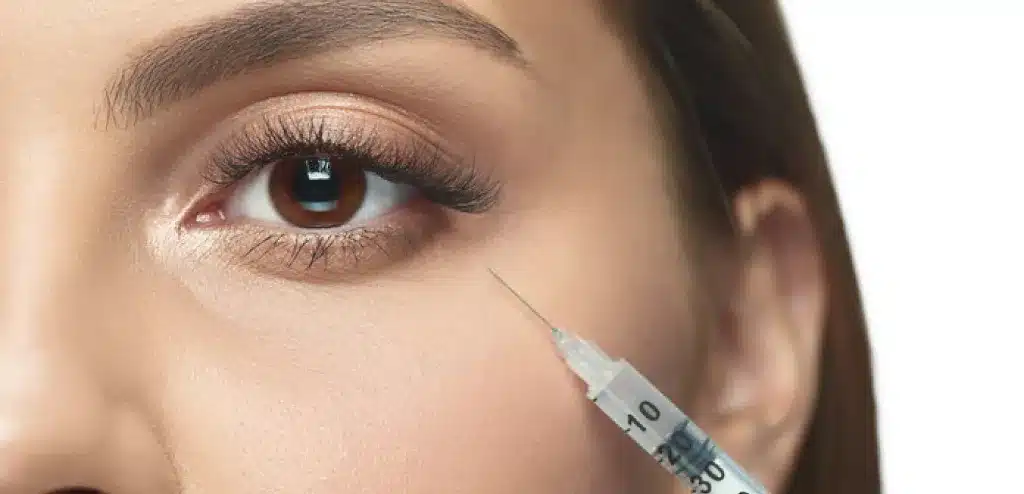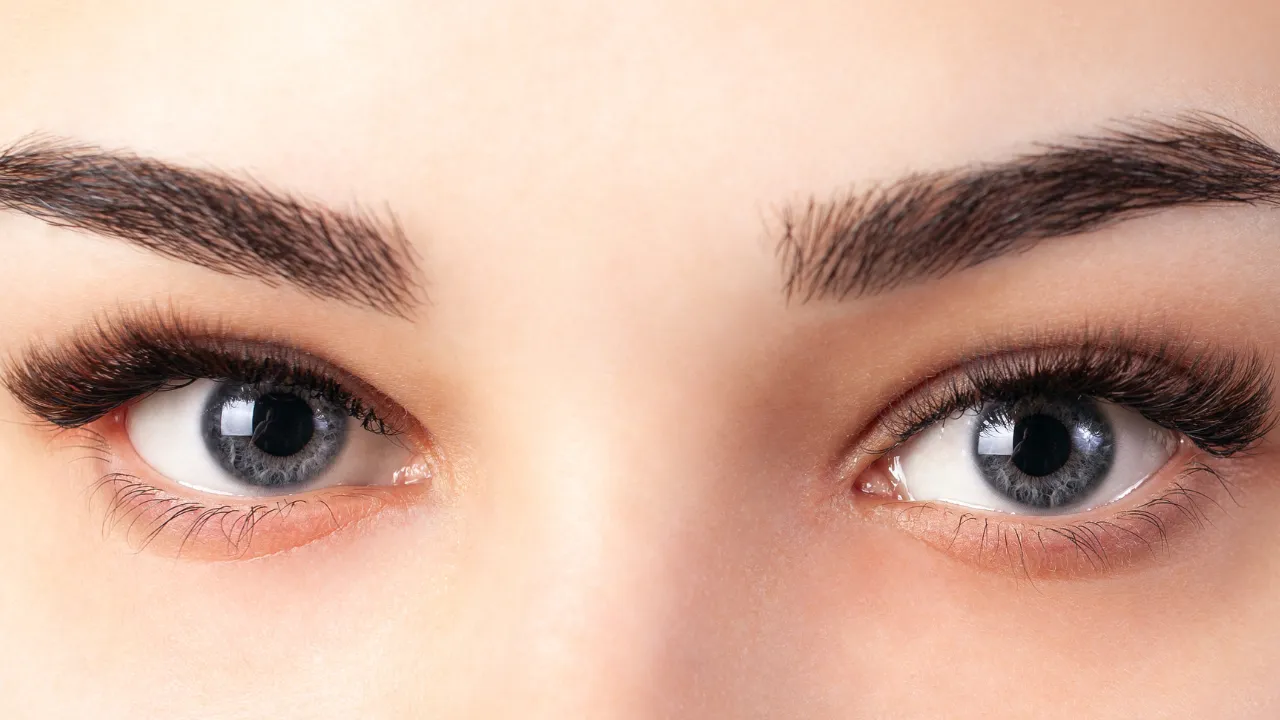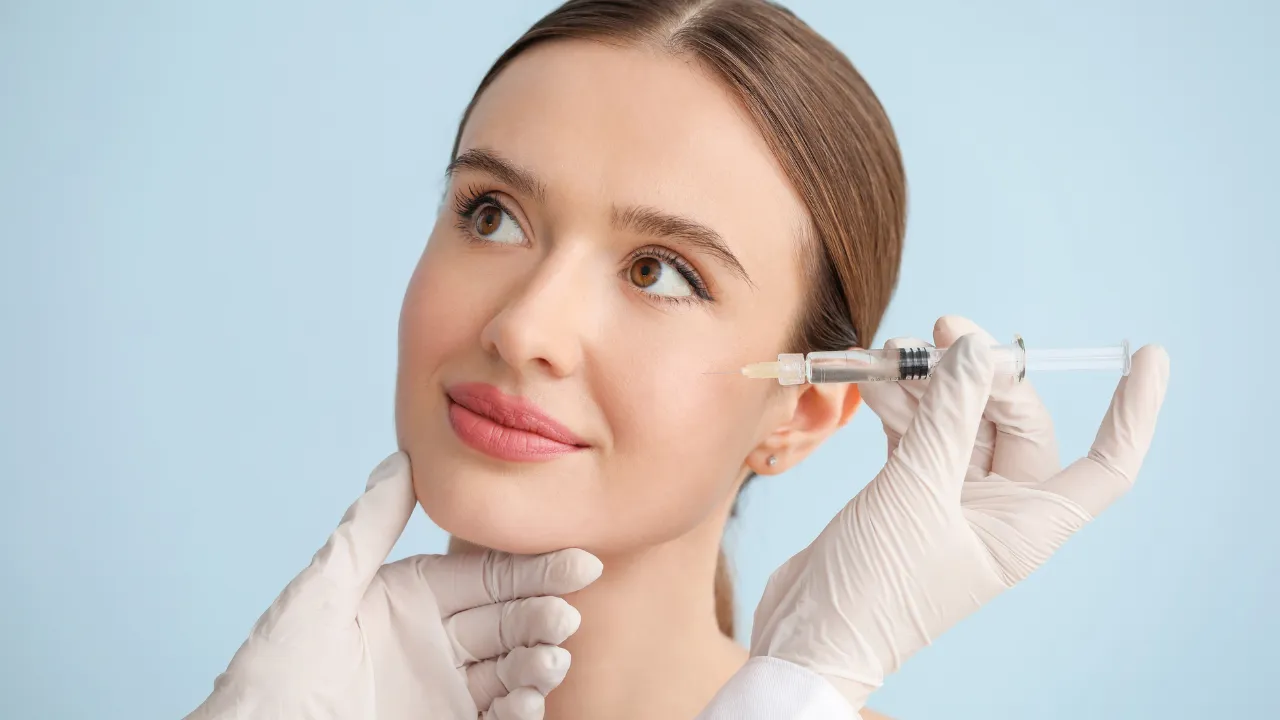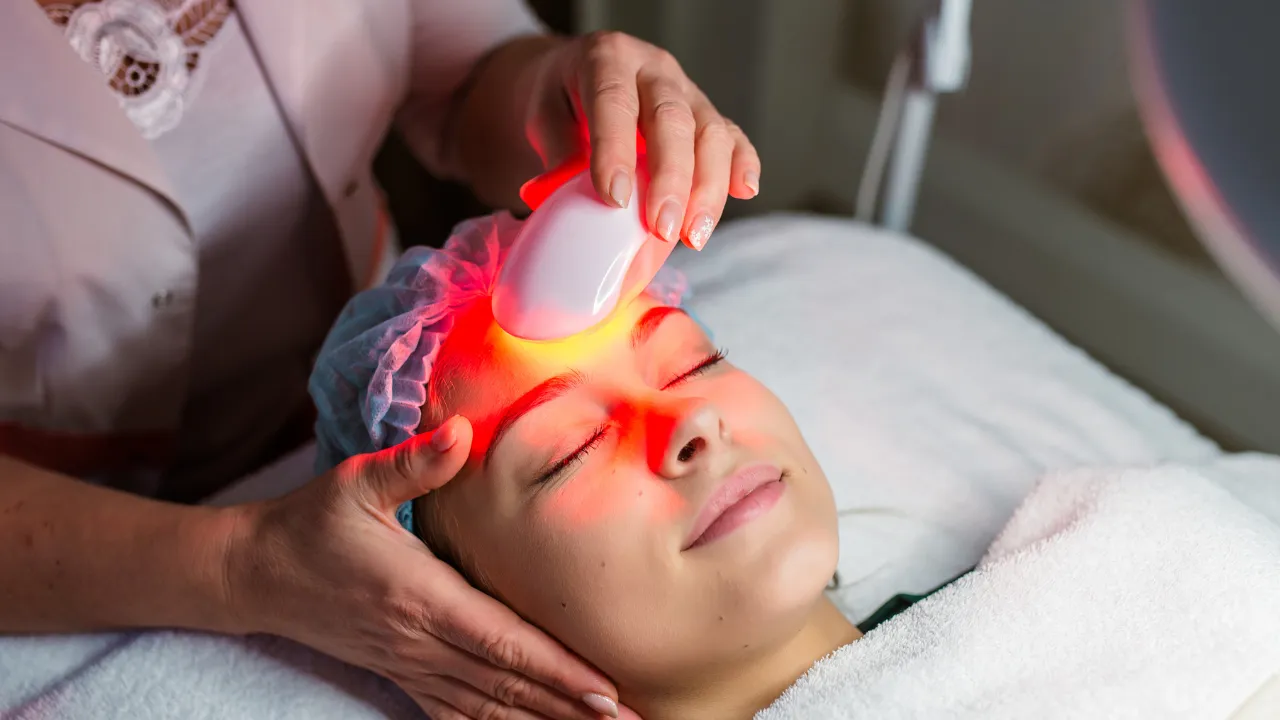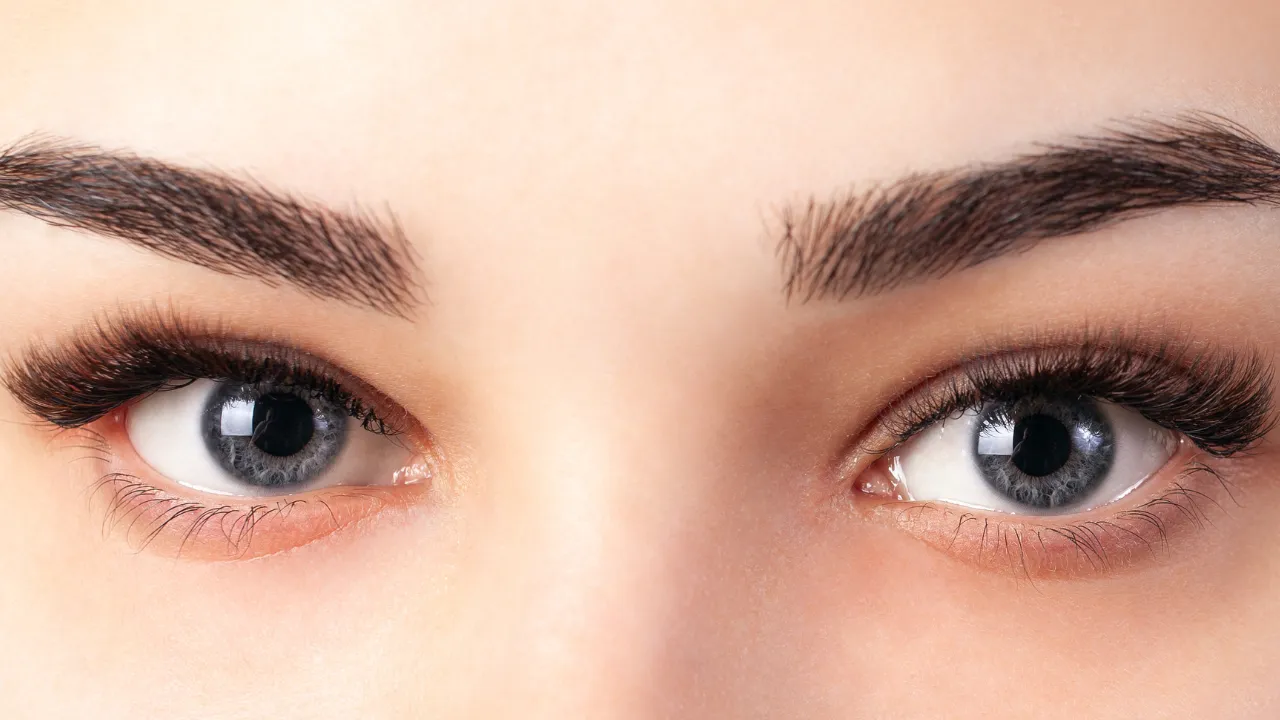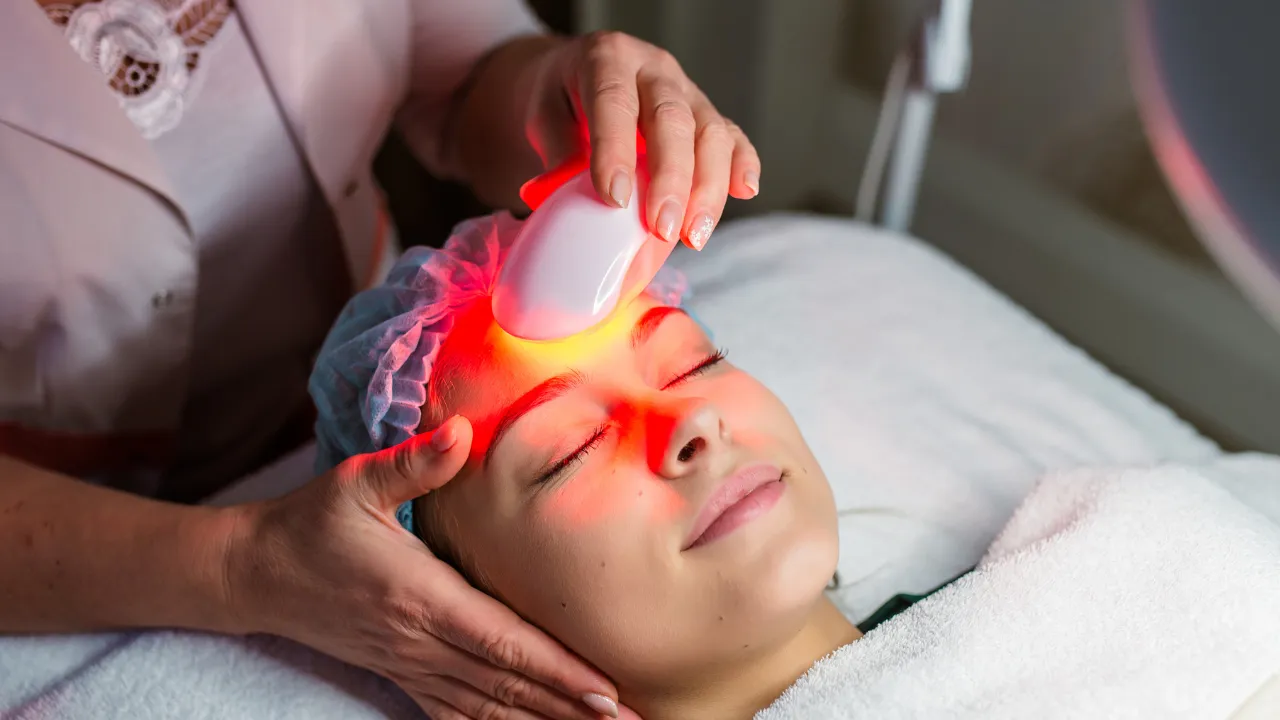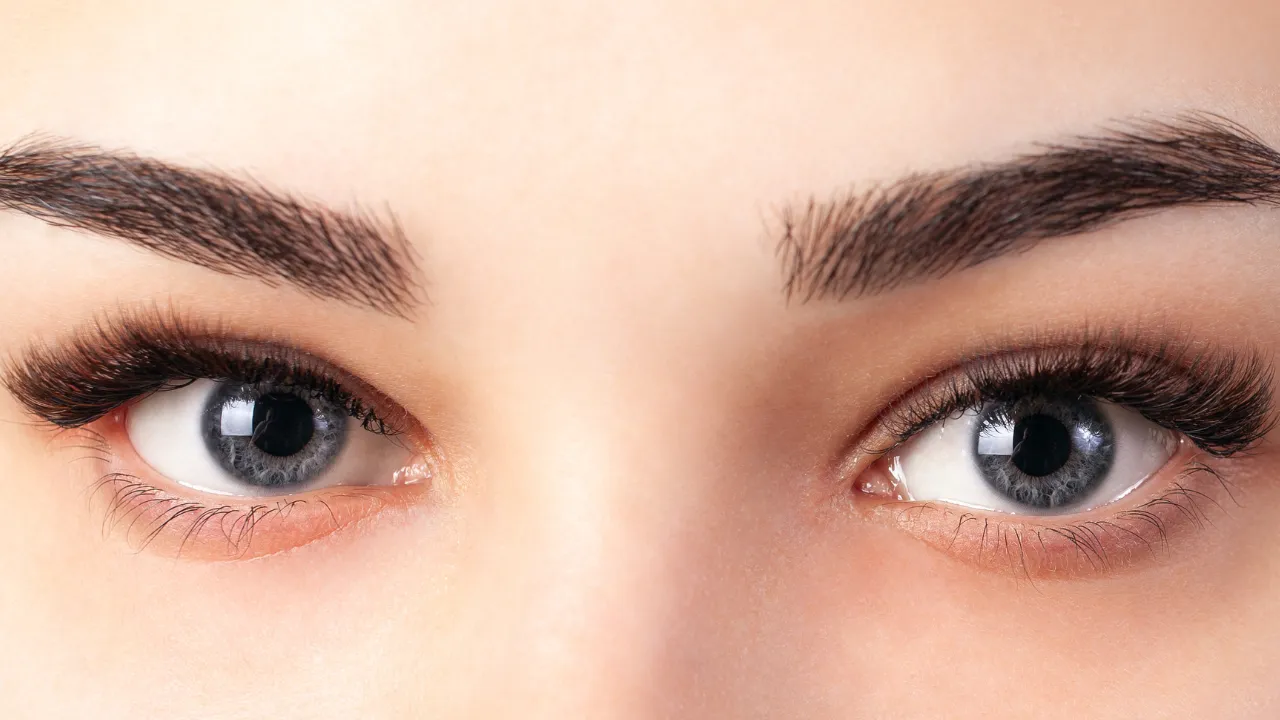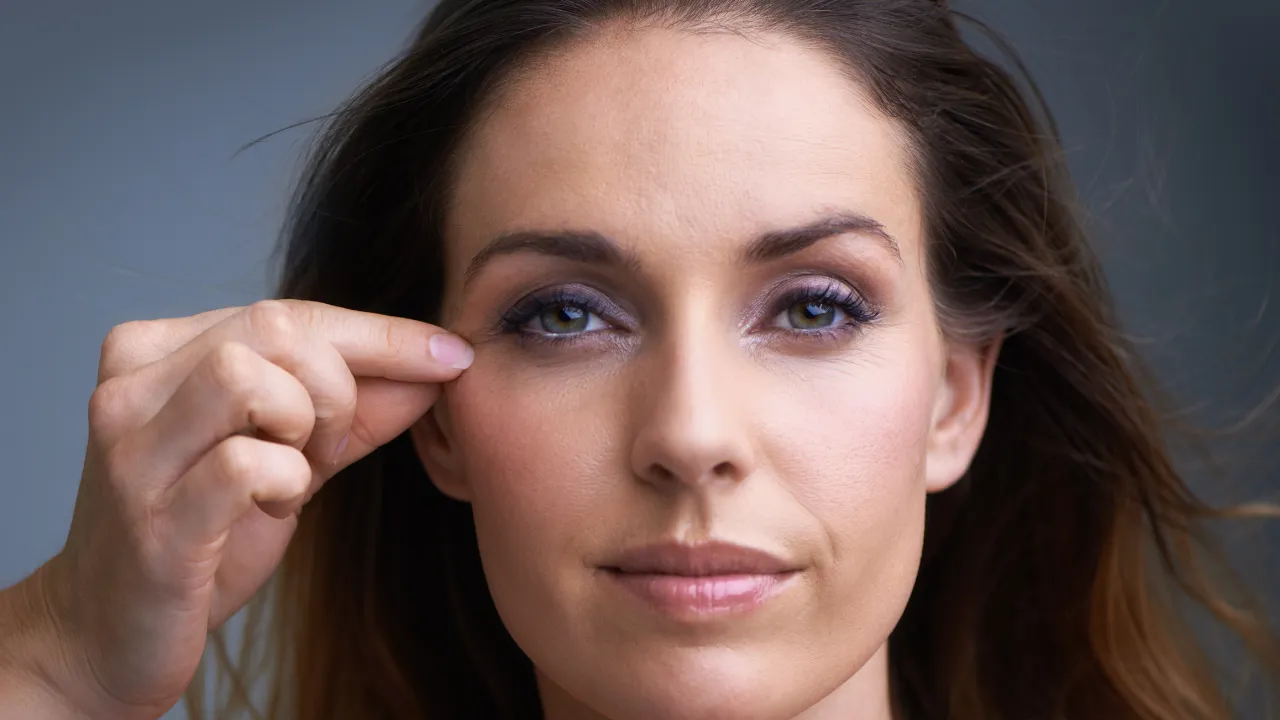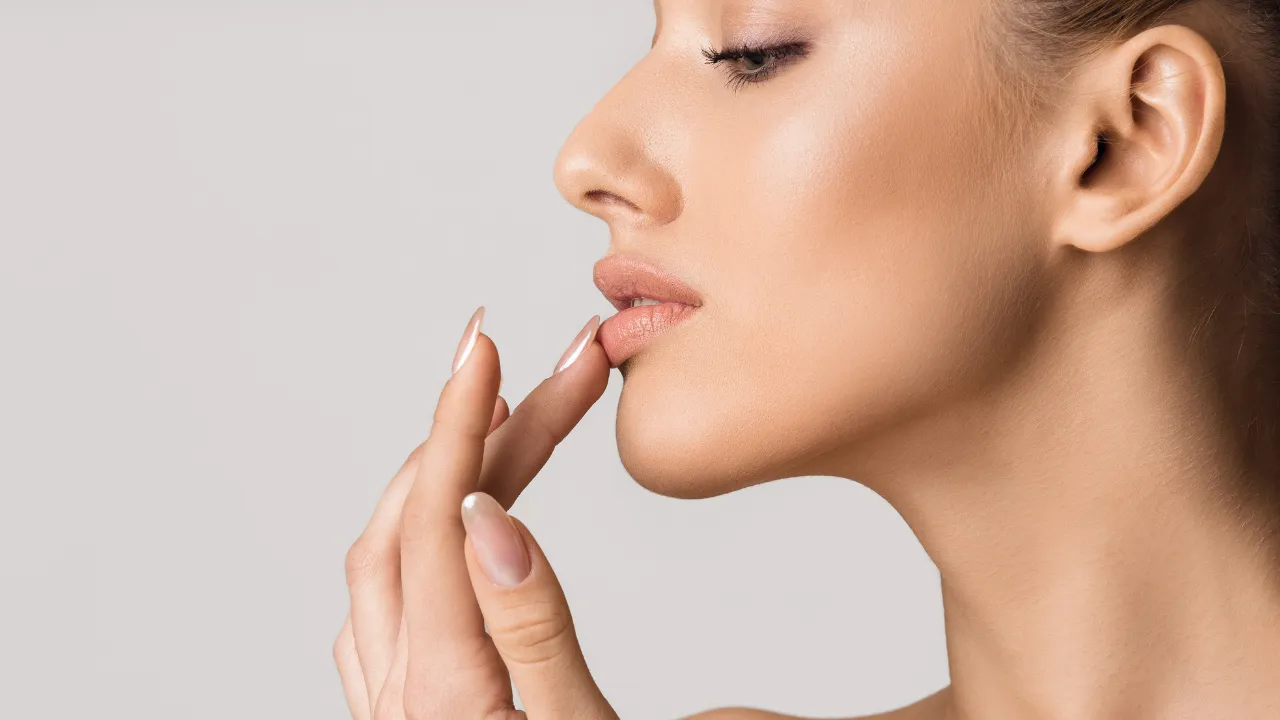Eyelash folliculitis is an inflammatory condition affecting the base of the eyelashes, causing redness, irritation, and lash discomfort. At Kopelman Aesthetic Surgery, Dr. Joel Kopelman applies decades of expertise in treating complex eyelid conditions with precision and care.
Key Takeaways
- Eyelash folliculitis is an infection or inflammation of the eyelash follicles, often caused by bacteria, mites, or poor hygiene.
- Symptoms include redness, swelling, crusting at the lash line, and in some cases, painful pustules or lash loss.
- Diagnosis typically involves a slit-lamp exam and, when necessary, lab testing to identify the underlying cause.
- Effective treatment includes warm compresses, proper eyelid hygiene, and antibiotics for more severe or persistent cases.
- Preventing recurrence requires consistent cleaning routines, avoiding expired cosmetics, and seeking medical care if symptoms return.
Table of Contents
ToggleAbout Dr. Joel Kopelman
Dr. Joel Kopelman is a board-certified oculoplastic and facial plastic surgeon with over 35 years of experience. He has helped thousands of patients resolve eyelid-related issues, including eyelash folliculitis and other common eye conditions.
What Is Eyelash Folliculitis?
Eyelash folliculitis is an infection of the hair follicles at the edge of the eyelid. It’s often confused with anterior blepharitis or posterior blepharitis, which affect the oil glands inside the eyelid.
The term “folliculitis of eyelash” refers specifically to localized infection, often from bacteria or mites. It can also involve irritation of the surrounding eyelid skin, leading to swelling or discomfort.
Common Causes and Risk Factors
Common causes include:
- Bacteria like Staphylococcus aureus
- Demodex mites (often from scalp and eyebrows)
- Poor eyelid hygiene
- Use of expired makeup or lash extensions
Underlying health problems, such as rosacea or chronic eye conditions, may increase the risk.
How It’s Diagnosed
A slit-lamp exam by an eye doctor helps detect signs of infection or mites. In some cases, swabs or scrapings may be used. The doctor may also assess hygiene habits, eye makeup use, and other lifestyle factors to understand the cause.
Eyelash Folliculitis vs. Blepharitis
Folliculitis usually presents as tender red bumps at lash roots. In contrast, blepharitis is more chronic, causing flaky buildup near the lashes and is often linked to clogged glands. Lash loss is more common in folliculitis.
Symptoms to Watch
- Redness and swelling along the lash line
- Crusting, burning, or lash shedding
- Dry eyes or discomfort when blinking
If left untreated, it may develop into pustules and worsen rapidly.
Treatment Options
Warm compresses with clean cloths and warm water are often the first step. Eyelid cleansers or diluted baby shampoo can help remove debris. In bacterial cases, topical antibiotics or antibiotic eye drops may be prescribed. Severe cases may require oral medication.
Dr. Kopelman develops personalized treatment plans based on the condition’s severity and cause. Patients should avoid makeup, false lashes, or products that could irritate the eyelids. Hydrogen peroxide should not be used near the eyes.
Prevention Tips
Dr. Kopelman recommends:
- Cleaning the eyelids daily
- Using artificial tear drops for dryness
- Avoiding shared or expired cosmetics
- Replacing products every 2–3 months
Routine eye exams can help prevent flare-ups or detect issues early.
Real-Life Example: Lash Extensions
One patient developed eyelash folliculitis after visiting an unlicensed salon for lash extensions. With warm compresses and prescription care from Dr. Kopelman, the condition resolved within a week.
Quick FAQs About Eyelash Folliculitis
If you’re experiencing symptoms of eyelash folliculitis or other eyelid concerns, Dr. Kopelman and the team at Kopelman Aesthetic Surgery are here to help. Schedule a consultation today to receive a personalized evaluation and expert care tailored to your needs.

